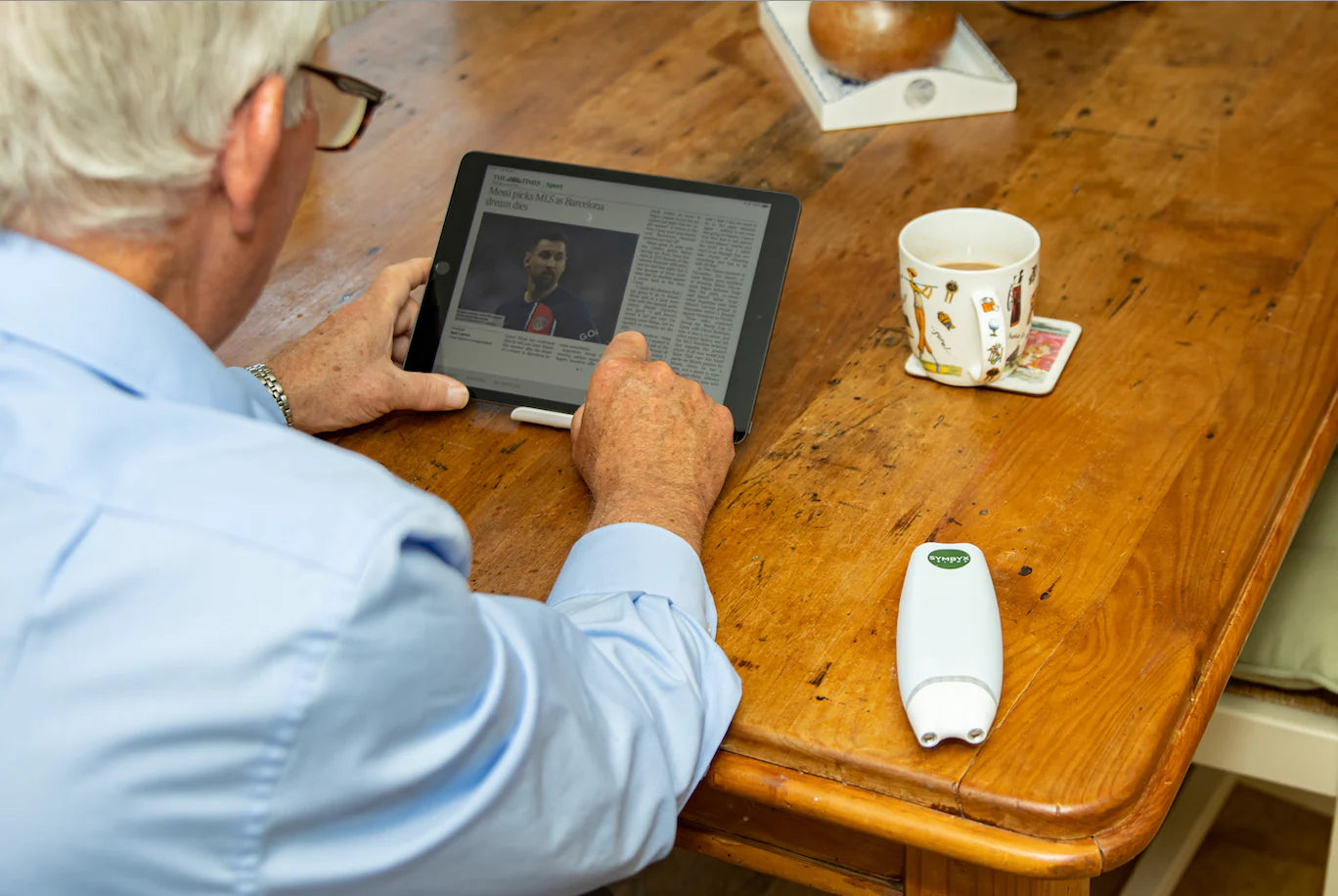Photobiomodulation, colloquially known as light therapy or low-level laser therapy, is a non-invasive treatment method that harnesses the healing power of light to alleviate various health conditions. Over the years, this therapy has transformed from a ground-breaking medical concept into a wide-ranging and widely-accepted form of treatment. Let's shine some light (pun intended!) on its fascinating history and evolving applications.
A Beacon of Hope: The Birth of Red Light Therapy
The origins of photobiomodulation can be traced back to the early 20th century when Danish physician Niels Ryberg Finsen made an astounding discovery. He found that certain wavelengths of light could have beneficial effects on the body, specifically for treating diseases like Smallpox and Tuberculosis. Finsen's pioneering work with red light therapy earned him the Nobel Prize in medicine in 1903, setting the stage for future exploration into the healing potential of light.
Illuminating Progress: Low-Level Laser Therapy
Fast forward to the 1960s, when Hungarian physician Professor Endre Mester advanced the field of photobiomodulation. He utilized low-level laser therapy to expedite the wound healing process and stimulate hair growth. His work affirmed that light therapy could induce biological changes, promoting repair and regeneration.
In a parallel and out-of-this-world development, NASA began experimenting with light therapy in the 1970s. Their mission? To grow flowers in space. Using cold lasers, they were successful, proving that light therapy could even impact plant biology in the challenging environment of space.
The Spectrum of Applications: Photobiomodulation Today
Today, photobiomodulation has permeated a multitude of fields. It's leveraged in dentistry to speed up the healing of oral injuries and to reduce inflammation. In cosmetic salons, it's celebrated for its anti-aging and skin rejuvenating properties.
The field of medicine has also seen an upsurge in the use of light therapy. It's being utilised to treat a plethora of conditions like Arthritis, Fibromyalgia, Lymphedema, and Peripheral Neuropathy. And chronic pain management has found an ally in photobiomodulation and is used commonly for sport's recovery in high performance athletes and even animals (horse racing).
The potential of light therapy extends beyond these applications. Current research is delving into the promising effect of photobiomodulation on the gut microbiome, a frontier that holds significant implications for overall health, as well as on the brain and neurological conditions, including Parkinson's disease, of which SYMBYX is at the very forefront.
The Future is Bright: The Potential of Light Therapy
The science of light therapy reminds us that sometimes, the most profound healing tools can come from the simplest sources. From red light therapy, infrared laser, LEDS and low-level lasers, our understanding of light's therapeutic potential is continually expanding.
The importance of scientific evidence
But don't assume that you can substitute any light source, sunlight, sauna exposure or internet device and expect the same result. Treatment protocols, dose, power, type of pulse, pulse rate, nanometer, hertz, laser versus LED, time between treatments - all matter when it comes to effectiveness for specific health conditions. SYMBYX leads the way in this respect especially around our PDCare laser for Parkinson's and our SYMBYX Neuro transcranial red light therapy helmet for cognition and alertness.
Want to stay abreast of light therapy progress and breakthroughs? Read more about light therapy benefits for Parkinsons here. Subscribe to our newsletter now or email our worldwide Clinical Support Team for your appointment or with your questions at info@symbyxbiome.com

